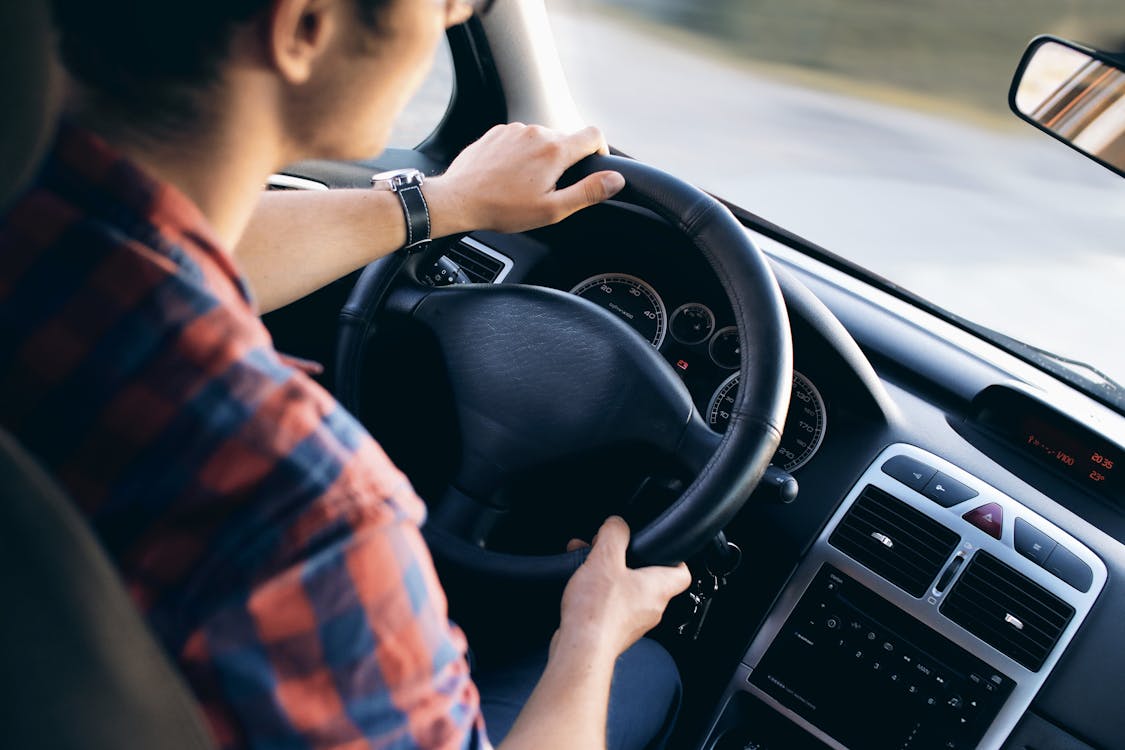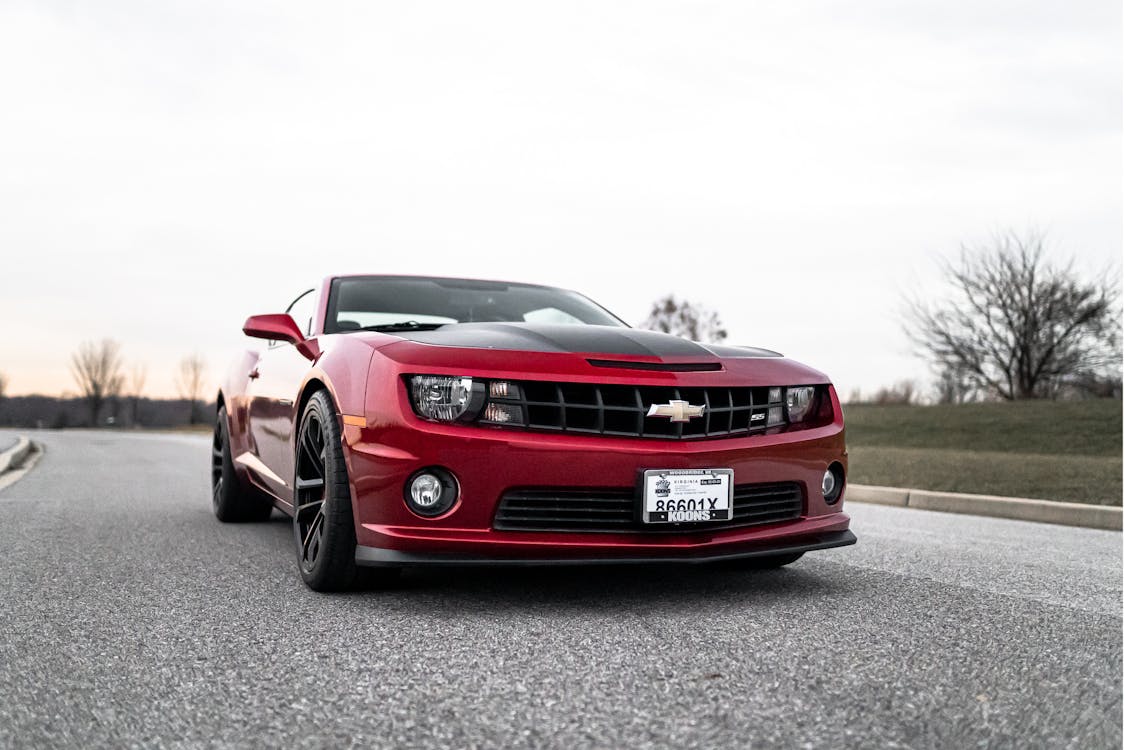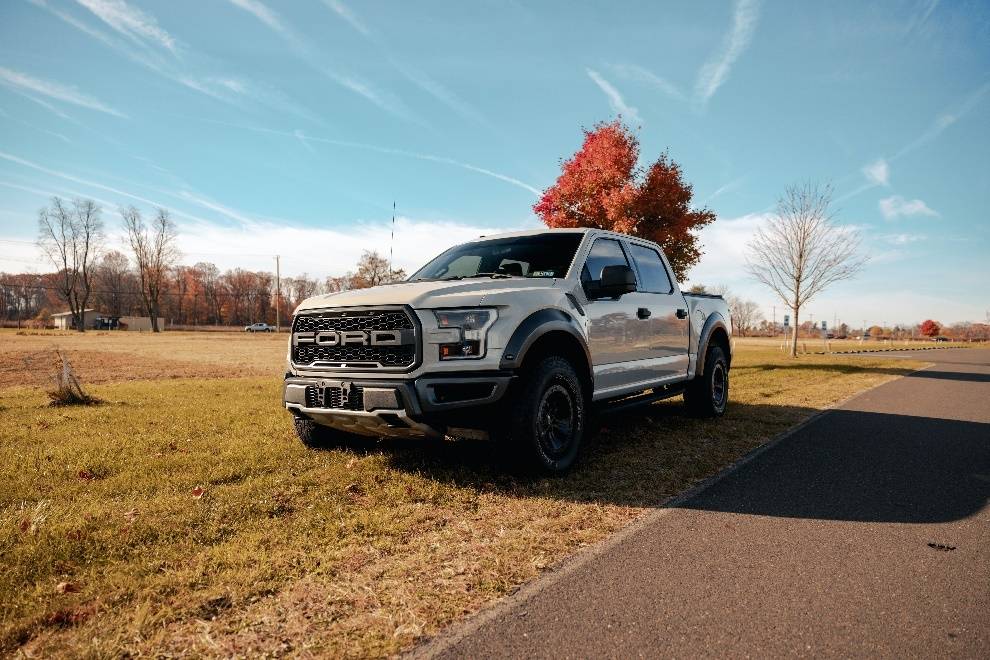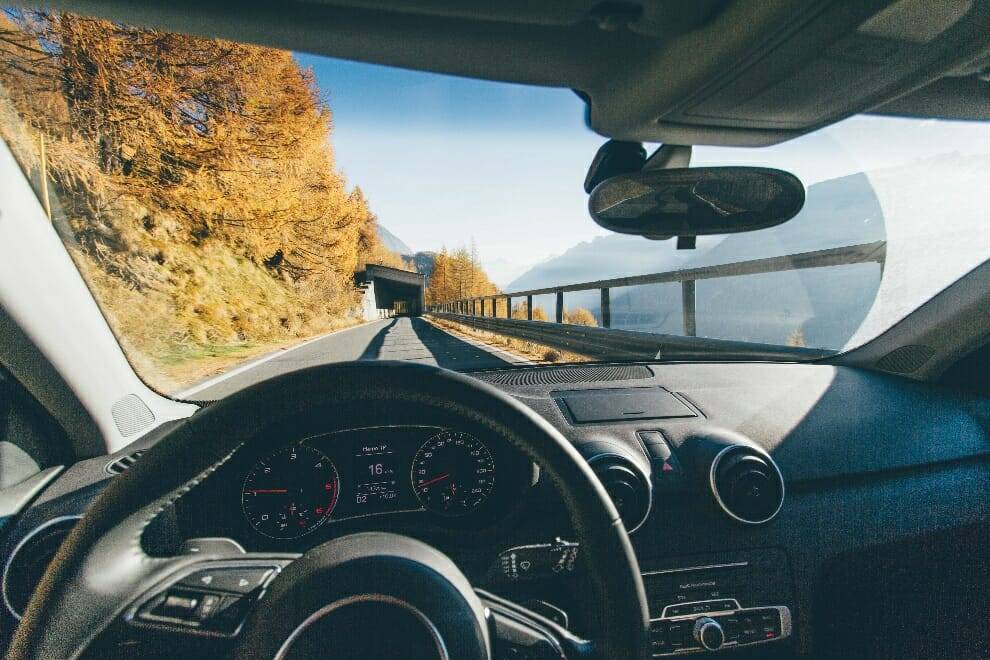The automotive industry has witnessed remarkable advancements in recent years, with a strong focus on enhancing safety features. As vehicles become more integrated with technology, manufacturers are constantly striving to make our roads safer for drivers, passengers, and pedestrians. In this blog, we will delve into some of the latest innovations in automotive safety that are shaping the way we drive today and into the future.
Autonomous Emergency Braking (AEB)
One of the most significant innovations in automotive safety is
Autonomous Emergency Braking (AEB). AEB systems use sensors, such as radar and cameras, to monitor the road ahead and can automatically apply the brakes if a potential collision is detected. These systems have been proven to reduce rear-end collisions significantly and can work at various speeds, from low-speed city driving to high-speed highway conditions.
Moreover, AEB systems are evolving to include pedestrian and cyclist detection, expanding their capability to protect not only vehicle occupants but vulnerable road users as well. This advancement is a crucial step towards reducing accidents and saving lives.
Advanced Driver Assistance Systems (ADAS)
ADAS is a comprehensive suite of safety technologies designed to assist drivers in various situations, ultimately improving road safety. Some of the key components of ADAS include
adaptive cruise control, lane-keeping assist, blind-spot monitoring, and traffic sign recognition. These systems work in tandem to help drivers maintain control of their vehicles and make informed decisions on the road.
As technology evolves, ADAS is becoming increasingly sophisticated. For example, adaptive cruise control can now handle stop-and-go traffic, while lane-keeping assist systems can provide more precise steering interventions to keep the vehicle safely within its lane. These innovations are reducing driver fatigue and
the risk of accidents caused by human error.

Vehicle-to-Vehicle (V2V) Communication
Imagine if your car could communicate with other vehicles on the road to
prevent accidents proactively. V2V communication is a cutting-edge technology that enables vehicles to exchange information, such as speed, direction, and position, in real time. This data sharing allows vehicles to anticipate and react to potential collision risks more effectively.
V2V technology has the potential to revolutionize road safety by alerting drivers to
potential hazards they might not have otherwise noticed. For instance, if a car up ahead suddenly slams on its brakes, your vehicle can receive that information and warn you in advance, giving you more time to react safely. As more vehicles become equipped with V2V communication, the road will become a safer place for all.
Vehicle-to-Infrastructure (V2I) Communication
In addition to V2V communication,
V2I communication plays a crucial role in enhancing road safety. V2I technology enables vehicles to communicate with infrastructure elements, such as traffic lights, road signs, and even road sensors. By receiving real-time data from these sources, vehicles can make more informed decisions and better navigate complex traffic situations.
For example, if your car knows the optimal speed to approach a green traffic light to avoid stopping, it can help reduce traffic congestion and
improve fuel efficiency. Moreover, V2I communication can provide valuable information about road conditions, construction zones, and emergency alerts, ensuring that drivers are always well-informed and safe on the road.

Augmented Reality Head-Up Displays (AR HUDs)
Traditional head-up displays (HUDs) have been around for some time, projecting essential driving information onto the windshield. However, the latest innovation in this field is the introduction of augmented reality HUDs (AR HUDs). These systems take HUD technology to the next level by overlaying critical information directly onto the driver’s view of the road.
AR HUDs can display turn-by-turn navigation instructions, lane-keeping assistance prompts, and even highlight potential hazards like pedestrians or cyclists. This technology minimizes the need for drivers to divert their attention away from the road to check their dashboard screens, making for safer and more convenient driving.
Improved Night Vision Systems
Driving at night has always been a challenge due to reduced visibility. However, recent advancements in night vision technology are changing the game. Some vehicles now come equipped with enhanced night vision systems that use infrared cameras to detect objects and pedestrians beyond the reach of headlights.
These systems project a clear image onto the dashboard or windshield, highlighting potential hazards in real-time. This not only improves safety but also
reduces the strain on drivers’ eyes during nighttime journeys.

Occupant Monitoring Systems
Ensuring the safety of vehicle occupants is of paramount importance.
Occupant monitoring systems use sensors and cameras to keep an eye on passengers and drivers. These systems can detect signs of drowsiness, distraction, or impairment, and issue alerts or take preventive actions, such as adjusting seat positions or temperature to maintain alertness and comfort.
Additionally, occupant monitoring systems are integrated with airbag technology, allowing for more precise deployment in the event of a crash, reducing the risk of injuries caused by airbag deployment.
Biometric Authentication
Modern vehicles are increasingly equipped with
biometric authentication systems that replace traditional keys or key fobs. Biometric authentication methods, such as fingerprint recognition, facial recognition, or even voice recognition, ensure that only authorized individuals can start and operate the vehicle.

The automotive industry’s relentless pursuit of
safety innovations has led to a brighter and safer future on the roads. Safe driving is not just a slogan; it’s a reality that is being shaped by these latest innovations. While we’re still on the topic of safe driving, let’s not forget
how important windshields are for your vehicle’s structural integrity, and for road safety. So, if you’re ever in need of windshield replacement, or auto glass repair services in Houston—get a free estimate from
AAR Auto Glass by
tapping here. We also do window tinting in the area!



 The automotive industry’s relentless pursuit of safety innovations has led to a brighter and safer future on the roads. Safe driving is not just a slogan; it’s a reality that is being shaped by these latest innovations. While we’re still on the topic of safe driving, let’s not forget how important windshields are for your vehicle’s structural integrity, and for road safety. So, if you’re ever in need of windshield replacement, or auto glass repair services in Houston—get a free estimate from AAR Auto Glass by tapping here. We also do window tinting in the area!
The automotive industry’s relentless pursuit of safety innovations has led to a brighter and safer future on the roads. Safe driving is not just a slogan; it’s a reality that is being shaped by these latest innovations. While we’re still on the topic of safe driving, let’s not forget how important windshields are for your vehicle’s structural integrity, and for road safety. So, if you’re ever in need of windshield replacement, or auto glass repair services in Houston—get a free estimate from AAR Auto Glass by tapping here. We also do window tinting in the area! 





